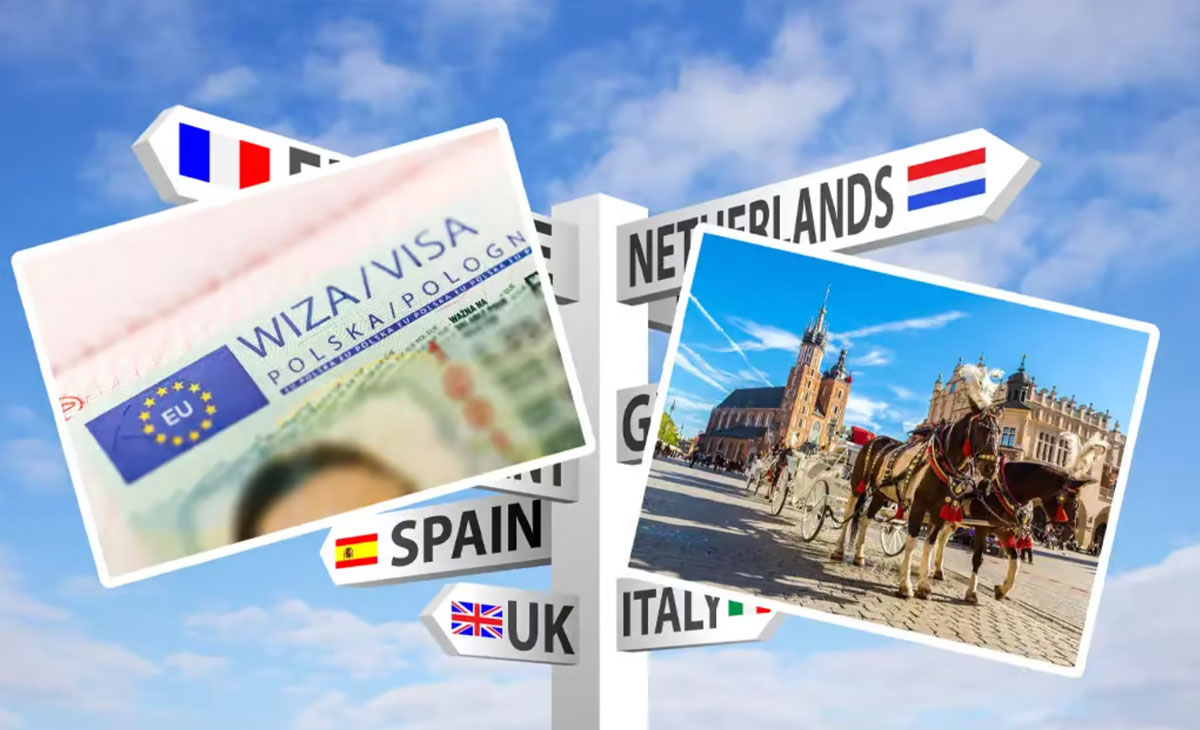The European Union is one step closer to digitizing Schengen visa application procedures after the EU Council approved a new Schengen visa application procedure and other changes in November.
The visa platform should be operational in 2026
The European Union intends to begin implementing a completely new system for obtaining a Schengen visa by 2026, which, as planned by the EU, will make the Schengen registration procedure easier, cheaper, and less time-consuming.
According to the EU regulation on the digitalization of the visa procedure, in 2026 both the EU visa application platform and the digital visa itself will appear. The transition period will take about two years, and after its completion (end 2028), all Schengen applications will be submitted online through the EU visa platform, except for a few exceptional cases, for which a paper procedure will remain possible.
According to Brussels’ plans, taking into account the demand for Schengen visas before the COVID-19 pandemic and the gradual restoration of incoming tourist flows to EU countries, in 2028, when the digital visa platform begins to function, from 18 to 20 million applications for Schengen visas will be processed through this system to the whole world.
Skeptics call later dates
However, Eurosceptics believe that forecasts about the full launch and, especially, the functioning of the visa platform in 2028 are somewhat premature. If only because there are still no exact dates for the implementation of the two EU border systems, which are aimed at tightening border controls at the external borders of the European Union.
We are talking about two large-scale projects. The first is the Entry/Exit System (EES), an automated IT system that records the entry and exit details of third-country nationals, both short-stay visa holders and visa-exempt travelers, every time they cross an EU external border.
The second is the ETIAS (European Travel Information and Authorization System) system. It will perform similar functions to the EES for citizens of more than 60 countries who do not require a visa to enter the Schengen/EU area.
The launch of EES and ETIAS was delayed several times, including due to technical problems. Therefore, experts believe that travelers will not be able to fully use the EU digital visa platform until 2030 at the earliest.
How the visa procedure will change
All procedures related to obtaining Schengen will be available on one platform.
Regardless of the country or number of countries a traveler wishes to travel to, whether for tourism, visiting family, or business, all applicants will be required to apply for a Schengen visa through a single platform.
The platform, which has not yet been developed and its domain remains unknown, will then determine which Schengen country is responsible for processing the application and then forward it to the relevant authorities.
While very little is known about what information the platform will request from travelers, each Schengen visa applicant will be required to provide the following information:
- First name, last name, place, and date of birth;
- Passport details;
- Class;
- Dates of previous trips to the Schengen area;
- Information on previously obtained visas and travel around the world.
Travelers will also have to answer questions about which country they want to visit, how they plan to finance their future trip, accommodations, airfare, etc. It’s also not clear exactly how travelers will be asked to provide evidence for each of these items.
One of the major changes that visa applicants will face in the future when obtaining a Schengen visa will be the number of documents required. While evidence for some aspects of the application will still be required, applicants will no longer have to submit it physically, but instead, it will be sufficient to submit it electronically.
Schengen applicants will have to independently upload the necessary documents to the online visa platform, including:
- Passport scan;
- Digital biometric photos;
- Itinerary confirmation, such as airline tickets;
- Proof of residence.
Many of the document criteria for applying for a Schengen visa will remain the same, or at least similar, with the only change being that they no longer have to be printed.
Visa fees will also be paid online through a digital platform.
Who can apply for a visa online?
However, there is one big exception. The procedures described above will only apply to those who have previously applied for and received a Schengen visa.
But those who are applying for the first time will have to go for Schengen the “old fashioned way” and submit the application in person at the visa center or consulate. This requirement will also apply to applicants whose biometric data is no longer valid, as well as those with a new travel document. For example, a foreign passport.
Paper visa will be replaced by barcode
What those traveling to Europe in the future will not have on their passports is a paper visa. It will be replaced by a 2D barcode with a cryptographic signature. This, as the EU is confident, will reduce the likelihood of visa forgery and other types of Schengen fraud.

